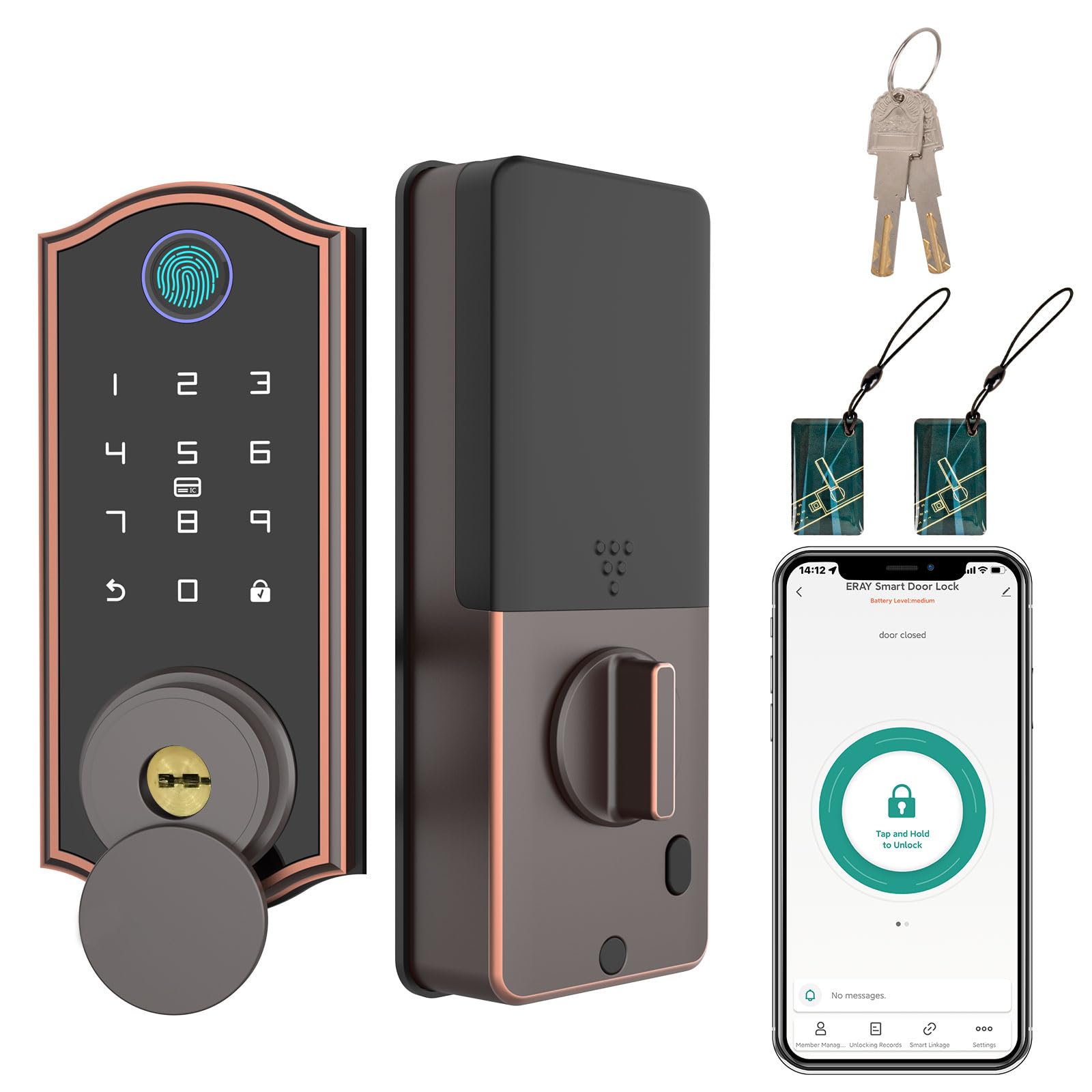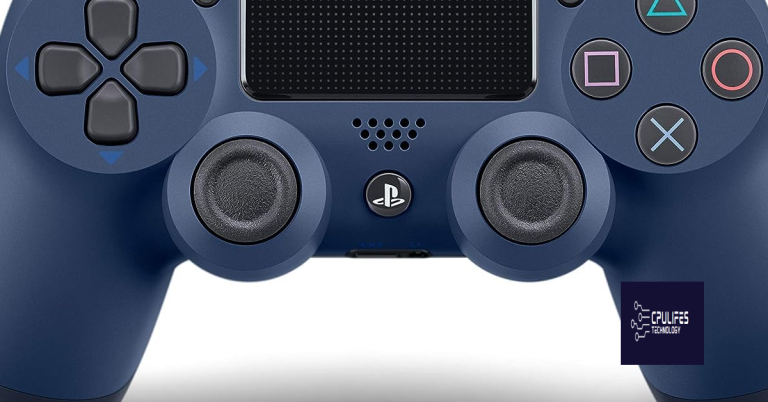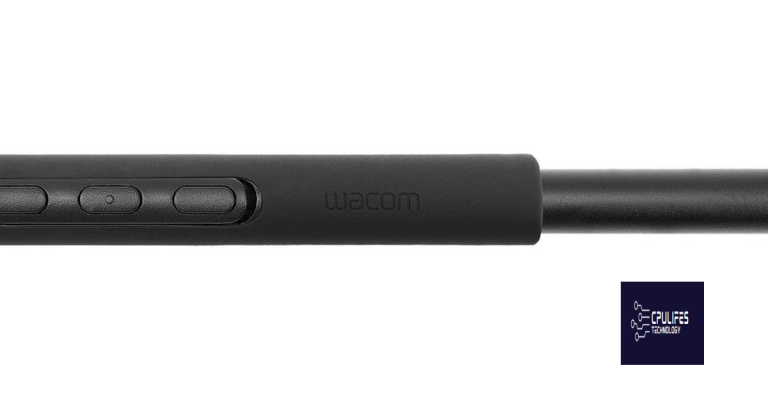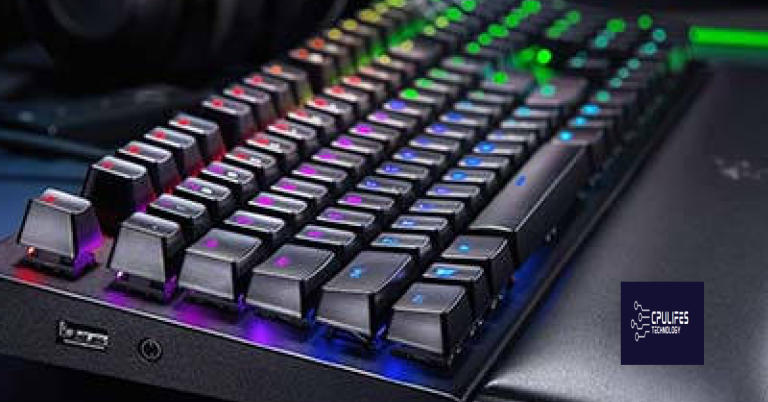Bluetooth device not supported on iPhone, iPad, or Windows
Having trouble connecting your Bluetooth device to your iPhone, iPad, or Windows device? You’re not alone.
Before You Begin: Preparing for Troubleshooting
Before you begin troubleshooting your Bluetooth device connectivity issues, it’s important to prepare by following a few simple steps.
First, make sure that your Bluetooth device is compatible with the iOS, iPadOS, or Windows operating system. Check the device’s specifications to ensure that it is supported by the system you are using.
Next, ensure that your device’s Bluetooth feature is turned on. For iOS and iPadOS devices, navigate to Settings > Bluetooth and toggle the switch to enable Bluetooth. On Windows, open the Settings app and go to Devices > Bluetooth & other devices, then toggle the Bluetooth switch to on.
If your Bluetooth device is still not connecting, try restarting your iPhone, iPad, or Windows computer. Sometimes a simple reboot can resolve connectivity issues.
If you are still experiencing problems, try forgetting the Bluetooth device and then re-pairing it. For iOS and iPadOS devices, navigate to Settings > Bluetooth, tap the “i” icon next to the device name, and select “Forget This Device.” Then, put your Bluetooth device into pairing mode and re-pair it with your iPhone or iPad. On Windows, go to Settings > Devices > Bluetooth & other devices, select the device, and click “Remove device.” Then, put your Bluetooth device into pairing mode and re-pair it with your computer.
It’s also important to ensure that your Bluetooth device is charged and within range of your iPhone, iPad, or Windows computer. Low battery levels and distance can affect connectivity.
Additionally, check for any potential interference from other wireless devices or electronic equipment in the vicinity. Moving away from potential sources of interference may help improve the Bluetooth connection.
Lastly, consider checking for any software updates for your iPhone, iPad, or Windows computer. Sometimes, updating to the latest software version can resolve compatibility issues with Bluetooth devices.
Verifying Bluetooth Functionality Is Enabled
To verify if Bluetooth functionality is enabled on your device, follow these steps:
For iPhone and iPad:
1. Go to Settings on your device.
2. Tap on Bluetooth.
3. Make sure the toggle switch is turned on.
If Bluetooth is already enabled, try the following steps to troubleshoot the issue:
1. Restart your device.
2. Toggle Bluetooth off and then back on.
3. Forget the Bluetooth device and then re-pair it.
For Windows:
1. Open the Start menu and select Settings.
2. Click on Devices.
3. Select Bluetooth & other devices and make sure the toggle switch is turned on.
If Bluetooth is already enabled, try the following steps to troubleshoot the issue:
1. Restart your computer.
2. Toggle Bluetooth off and then back on.
3. Forget the Bluetooth device and then re-pair it.
If you are still experiencing issues with Bluetooth functionality, consider checking for software updates on your device and the Bluetooth device itself. It’s also important to ensure that the Bluetooth device is compatible with your iPhone, iPad, or Windows device.
Remember to also check for any physical obstructions or interference that may be affecting the Bluetooth connection. Additionally, make sure that the Bluetooth device is within range and that the batteries are fresh if it is a wireless device.
Understanding the Pairing Process and Requirements
Pairing a Bluetooth device with your iPhone, iPad, or Windows device requires following specific requirements and a process to ensure compatibility and successful connection.
First, ensure that the Bluetooth device you are trying to pair is compatible with your iPhone, iPad, or Windows device. Check the device’s specifications or the manufacturer’s website to confirm compatibility.
Next, make sure that the Bluetooth device is in pairing mode. This is usually indicated by a flashing light or a specific button combination. Refer to the device’s manual for instructions on how to put it in pairing mode.
On your iPhone, iPad, or Windows device, navigate to the Bluetooth settings. For iPhone and iPad, go to Settings > Bluetooth. For Windows, go to Settings > Devices > Bluetooth & other devices.
Once in the Bluetooth settings, turn on Bluetooth if it is not already enabled. Then, look for the name of the Bluetooth device you want to pair in the list of available devices.
Select the name of the Bluetooth device to initiate the pairing process. Follow any on-screen prompts to complete the pairing process, which may include entering a passcode or accepting a pairing request on both devices.
After the pairing is successful, the Bluetooth device should show as connected in your device’s Bluetooth settings. You can now use the Bluetooth device with your iPhone, iPad, or Windows device.
If you are still experiencing issues with pairing, try restarting both your Bluetooth device and your iPhone, iPad, or Windows device. Sometimes a simple restart can resolve connectivity issues.
Additionally, make sure that your iPhone, iPad, or Windows device is running the latest software version. Updates can often fix compatibility issues and improve Bluetooth connectivity.
If you are trying to pair a Bluetooth device with your iPhone or iPad and it is still not supported, it may be due to limitations set by Apple Inc. on which Bluetooth profiles are supported. Check the device’s specifications to confirm if it is compatible with iOS devices.
For Windows devices, ensure that the Bluetooth device is compatible with the version of Windows you are using. Some older Bluetooth devices may not be supported on newer versions of Windows.
Ensuring Proximity for Effective Connection
When experiencing issues with Bluetooth connectivity on your iPhone, iPad, or Windows device, the first step is to ensure that the devices are in close proximity to each other. Make sure that the Bluetooth device is within range of your iPhone, iPad, or Windows device. This means keeping the devices within 30 feet of each other for optimal connection.
If you are using a Bluetooth device with your iPhone or iPad, it is important to note that some older models may not support certain Bluetooth versions. Check the compatibility of your Bluetooth device with your iPhone, iPad, or Windows device to ensure that it is supported.
If you are still experiencing issues, try turning off Bluetooth and then turning it back on again. This can sometimes reset the connection and resolve any issues. Toggle the Bluetooth off and then back on in your device’s settings to see if this resolves the problem.
In some cases, a simple restart of your iPhone, iPad, or Windows device can also resolve Bluetooth connectivity issues. Try restarting your device to see if this resolves the issue.
If you are using a Windows device, it is also important to ensure that the Bluetooth driver is up to date. Check for any available updates for your Bluetooth driver in the Windows Device Manager to ensure that it is functioning properly.
When using Bluetooth devices with your iPhone or iPad, it is also important to ensure that the devices are not in Airplane Mode. Turn off Airplane Mode in your device’s settings to allow Bluetooth connections to be established.
In some cases, interference from other electronic devices or wireless signals can affect Bluetooth connectivity. Move away from any potential sources of interference, such as other electronic devices or wireless networks, to see if this improves the connection.
If you are still experiencing issues with Bluetooth connectivity, it may be helpful to reset the network settings on your iPhone, iPad, or Windows device. Reset the network settings in your device’s settings to see if this resolves the issue.
When using Bluetooth devices in a vehicle, it is also important to ensure that the vehicle’s audio system is set to the correct input for Bluetooth connections. Check the audio input settings in your vehicle to ensure that it is set to the Bluetooth input.
Restarting Bluetooth to Resolve Issues
To restart Bluetooth on your iPhone, iPad, or Windows device, follow these simple steps. First, go to the Settings app on your device. Then, tap on “Bluetooth” to access the Bluetooth settings.
Next, toggle the Bluetooth switch off and wait for a few seconds. After that, toggle the Bluetooth switch back on. This will effectively restart the Bluetooth connection on your device.
If you are still experiencing issues with your Bluetooth device, you may also want to try forgetting the device and then reconnecting it. To do this, go to the Bluetooth settings on your device, find the problematic device, and tap on the “i” icon next to it. Then, tap on “Forget This Device” and confirm the action.
After forgetting the device, you can then try reconnecting it by putting it into pairing mode and searching for it again in your device’s Bluetooth settings. This may help to resolve any compatibility or connection issues you are experiencing.
In some cases, restarting the Bluetooth on your device can help to resolve issues with unsupported devices.
However, it’s important to note that if the issue is not related to these specific aspects, Fortect may not be able to resolve the issue.
Managing and Removing Old Connections
- Open the Bluetooth settings on your device
- Locate the list of paired devices
- Find the old or unsupported device in the list
- Select the old device and choose to unpair or forget it

- Confirm the removal of the old device from the list
- Restart your device and try reconnecting to the supported Bluetooth device
Charging Devices to Ensure Sufficient Power
To ensure that your Bluetooth device is supported on your iPhone, iPad, or Windows device, it’s important to make sure that your devices are fully charged. The first step is to plug in your device using the appropriate charger for your specific device. This will ensure that your device has enough power to properly connect and support your Bluetooth device.
If you are using an iPhone or iPad, make sure to use the official Apple charger and plug it into a power source. For Windows devices, use the designated charger and power source to ensure that your device is fully charged.
Once your device is plugged in, allow it to charge for at least 30 minutes to ensure that it has sufficient power. This will help prevent any issues with your Bluetooth device not being supported due to low battery levels.
If you are still experiencing issues after charging your device, try restarting your device to refresh the system and potentially resolve any connectivity issues. To do this on an iPhone or iPad, press and hold the power button until the “slide to power off” option appears, then slide to power off. Wait a few seconds, then press and hold the power button again until the Apple logo appears. For Windows devices, click on the “Start” button, then select “Restart” from the power options.
Once your device has been fully charged and restarted, attempt to connect your Bluetooth device again to see if the issue has been resolved.
Re-pairing by Deleting and Rediscovering Devices
If you are experiencing issues with a Bluetooth device not being supported on your iPhone, iPad, or Windows device, you may need to re-pair the device by deleting and rediscovering it.
First, go to the settings on your device and navigate to the Bluetooth section. Locate the device that is not being supported and delete it from the list of paired devices.
Once the device has been deleted, restart your iPhone, iPad, or Windows device to ensure a fresh start. Then, put your Bluetooth device into pairing mode according to its specific instructions.
Return to the Bluetooth settings on your iPhone, iPad, or Windows device and search for the Bluetooth device again. Once it appears in the list of available devices, select it to begin the pairing process.
Follow any on-screen prompts to complete the pairing process and establish a connection between your device and the Bluetooth device. Once the pairing is successful, you should be able to use the Bluetooth device without any issues.
If you are still experiencing problems with the Bluetooth device not being supported, you may want to check for any software updates on your iPhone, iPad, or Windows device. Sometimes, updating to the latest software can resolve compatibility issues with Bluetooth devices.
Additionally, make sure that the Bluetooth device is fully charged and within range of your iPhone, iPad, or Windows device. Interference from other electronic devices or obstacles between the devices can also cause connectivity issues.
If you are using an Apple device, such as an iPhone or iPad, it is also worth considering resetting your device’s network settings as a troubleshooting step. This can help to resolve any underlying connectivity issues that may be affecting the Bluetooth functionality.
Minimizing Interference from Other Wireless Sources
To minimize interference from other wireless sources when using Bluetooth devices on your iPhone, iPad, or Windows device, there are a few steps you can take to ensure a smoother connection. First, try moving the Bluetooth device closer to your iPhone, iPad, or Windows device to reduce the chances of interference from other wireless sources. This can help improve the signal strength and minimize potential disruptions.
Additionally, you can try turning off any other nearby Bluetooth devices that are not in use to reduce interference. This can help eliminate conflicting signals and improve the overall performance of your Bluetooth device on your iPhone, iPad, or Windows device.
If you’re still experiencing interference, try changing the Wi-Fi channel on your router to reduce interference with the Bluetooth signal. This can help create a clearer pathway for the Bluetooth connection and minimize disruptions from other wireless sources.
Another option is to update the firmware or software of your Bluetooth device to the latest version, as this can sometimes include improvements to minimize interference from other wireless sources. Check the manufacturer’s website for any available updates and follow their instructions for updating the device.
It’s also important to keep your iPhone, iPad, or Windows device and the Bluetooth device you’re trying to connect to updated with the latest software or drivers, as this can also help minimize interference and improve compatibility between the devices.
If you’re still having trouble with interference from other wireless sources, consider using a Bluetooth device that supports the latest Bluetooth version (such as Bluetooth 5.0) as it may have better interference-reducing capabilities. Upgrading to a newer Bluetooth device can sometimes help improve the overall performance and minimize disruptions caused by interference.
In some cases, relocating your iPhone, iPad, or Windows device to a different area or room can also help minimize interference from other wireless sources, especially if you suspect that certain electronic devices or equipment in the area may be causing the interference.
If none of these steps help minimize interference, you may want to consider consulting with a professional or reaching out to the manufacturer of your Bluetooth device for further assistance. They may be able to provide specific recommendations or troubleshooting steps to help address the interference issues you’re experiencing.
By taking these steps to minimize interference from other wireless sources, you can improve the performance and reliability of your Bluetooth device on your iPhone, iPad, or Windows device, and enjoy a smoother and more consistent connection.
Updating Drivers and Firmware for Compatibility
If you are experiencing compatibility issues with your Bluetooth device on your iPhone, iPad, or Windows device, it may be necessary to update the drivers and firmware.
For iPhone and iPad:
Make sure your device is running the latest version of iOS. You can do this by going to Settings > General > Software Update. If there is an update available, download and install it.
For Windows:
Go to the manufacturer’s website for your Bluetooth device and look for any driver or firmware updates. Download and install them according to the instructions provided.
Updating the drivers and firmware for your Bluetooth device can often resolve compatibility issues and ensure that it works properly with your device. It is a simple yet effective step to take when experiencing connectivity problems.
Resetting Network Settings for a Fresh Start
If you are experiencing issues with Bluetooth devices not being supported on your iPhone, iPad, or Windows device, resetting your network settings can help to resolve the issue.
To reset your network settings on your iPhone or iPad, go to Settings > General > Reset and then select “Reset Network Settings.” This will reset all network settings, including Wi-Fi, cellular, and VPN settings.
If you are using a Windows device, you can reset your network settings by going to Settings > Network & Internet > Status > Network reset and then selecting “Reset now.”
After resetting your network settings, try reconnecting your Bluetooth device to see if the issue has been resolved.
If you are still experiencing issues, you may need to update your device’s software. For Apple devices, make sure you are running the latest version of iOS. For Windows devices, make sure you have installed any available updates.
It is also important to make sure that the Bluetooth device you are trying to connect is compatible with your device. Check the manufacturer’s website or user manual for compatibility information.
If you are still having trouble, you can try forgetting the Bluetooth device on your device and then reconnecting it. This can help to establish a new connection and resolve any compatibility issues.
If none of these steps resolve the issue, you may need to contact the manufacturer of your device or the Bluetooth device for further assistance.
Troubleshooting Multipoint Pairing Challenges
| Issue | Troubleshooting Steps |
|---|---|
| Bluetooth device not detected | 1. Make sure the Bluetooth device is turned on and in pairing mode. 2. Check if the device is compatible with the iPhone, iPad, or Windows device. 3. Restart the Bluetooth on the device and try pairing again. |
| Pairing fails or disconnects frequently | 1. Ensure that the Bluetooth device is within range of the iPhone, iPad, or Windows device. 2. Check for any interference from other nearby devices and move to a different location if necessary. 3. Update the firmware or drivers for the Bluetooth device and the iPhone, iPad, or Windows device. |
| Audio quality issues during multipoint pairing | 1. Adjust the audio settings on the Bluetooth device and the iPhone, iPad, or Windows device. 2. Make sure that both devices support the required audio codecs for multipoint pairing. 3. Try disconnecting and reconnecting the devices to see if the issue persists. |
Warning: This device does not support Bluetooth and may not be compatible with certain wireless accessories. Download this tool to run a scan




